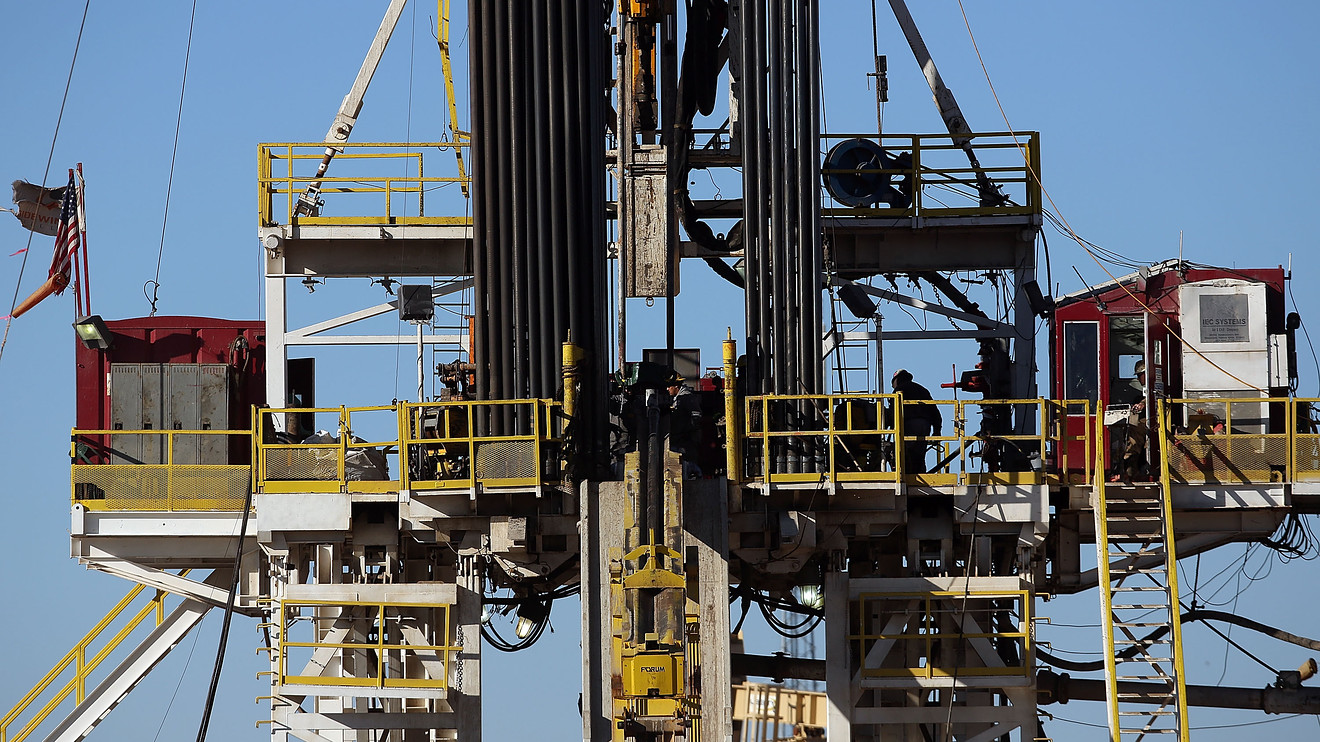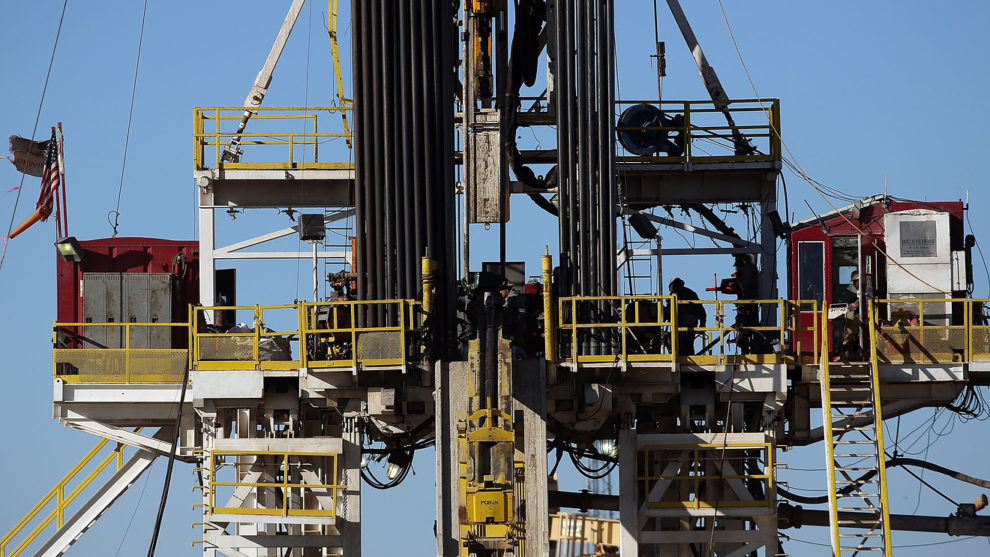
Oil futures were headed modestly higher Thursday as investors attempted to digest the impact of a China-U.S. trade deal that could result in increased purchases of shale oil by Beijing.
According to the 96-page, first-phase Sino-American agreement signed on Wednesday, China has pledged to buy at least $52.4 billion of U.S. energy products over the next two years.
“Shale producers are looking at the deal with cautious optimism with the commitment to buy 50 billion in energy products over the next two years,” wrote Phil Flynn, senior market analyst at The Price Futures Group, in a Thursday report.
“ While the breakdown of exactly what they are going to buy is unclear, it is welcome news for U.S. shale producers that have been fighting an uphill battle producing more but making less or losing money,” he wrote.
West Texas Intermediate crude for February delivery CLG20, +0.28% was up 20 cents, or 0.4%, at $58.01 a barrel on the New York Mercantile Exchange, after shedding 0.7% on Wednesday, which marked its lowest for a front-month contract since Dec. 3, according to Dow Jones Market Data. March Brent BRNH20, +0.42%, meanwhile, picked up 31 cents, or 0.5%, to reach $64.31 a barrel on ICE Futures Europe, following its lowest finish since Dec. 11 in the previous session.
International tensions over trade policy have been one of the biggest headwinds for commodities like crude-oil, which tends to see price gains amid the expectations of healthy economic growth which can foster stronger consumption.
Beyond trade developments, energy investors have been weighing signs of rising supplies. A report from the Energy Information Administration data on Wednesday showed that supplies increased by 6.7 million barrels for gasoline and 8.2 million barrels for distillates for the week ended Jan. 10. Analysts polled by S&P Global Platts had shown expectations for a smaller climb in supplies of 3.3 million barrels for gasoline and 1.3 million barrels for distillates, which include heating oil.
U.S. crude supplies, however, fell by 2.5 million barrels last week, EIA data showed. The S&P Global Platts survey had called for a rise of 500,000 barrels, while the American Petroleum Institute on Tuesday reported an increase of 1.1 million barrels.









